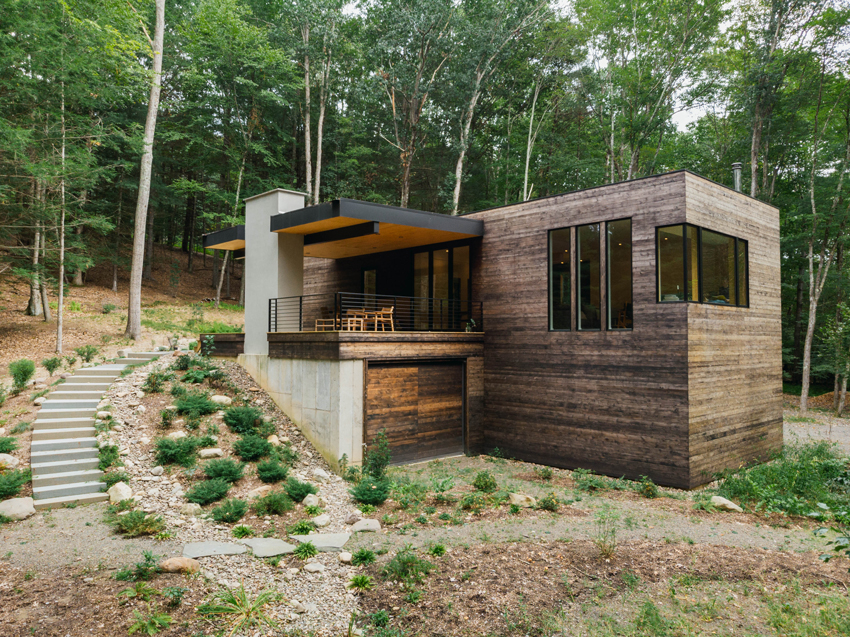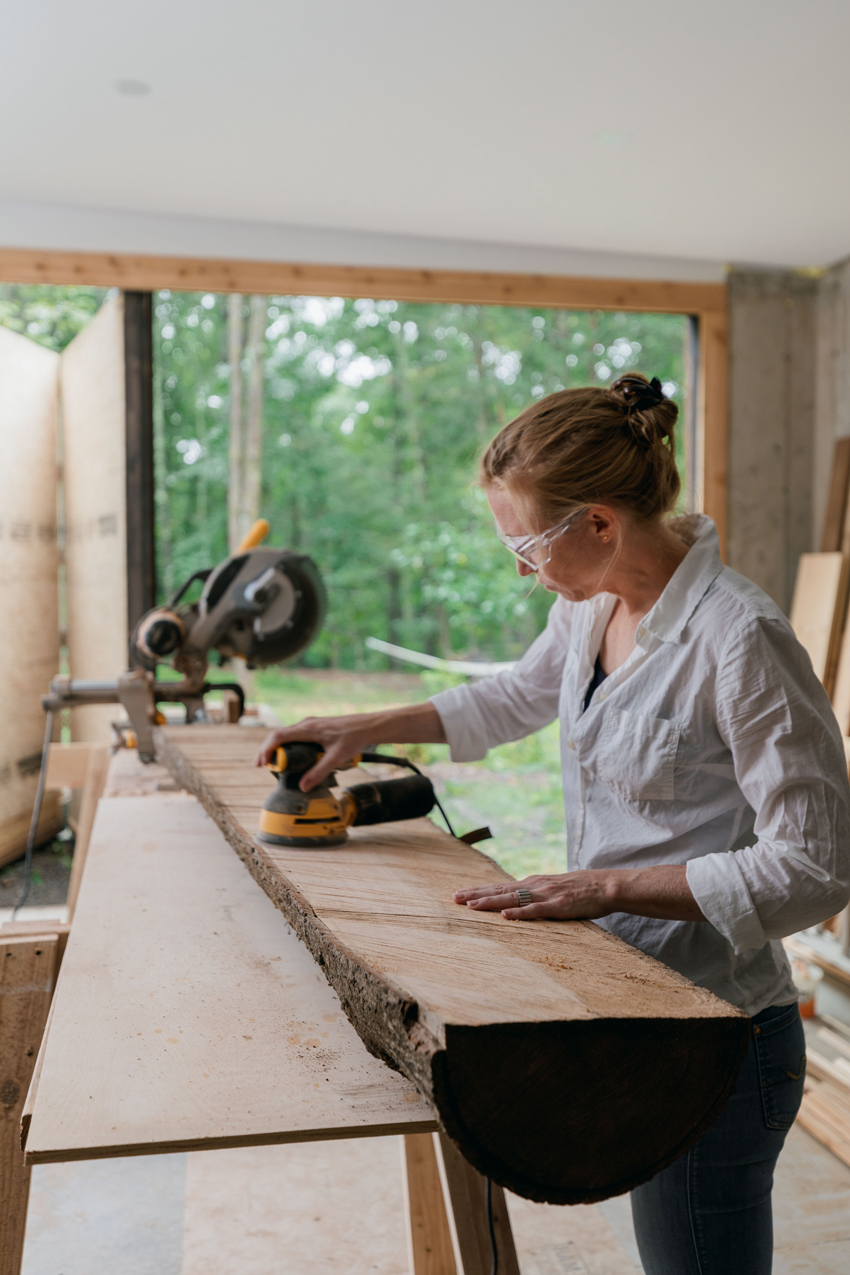How Windows and Doors Can Make a House Feel Good
Conclusion
When the designer of a custom home considers the occupants’ well-being, the principles of biophilic design should come into play. Humans crave nature. We need nature to feel good and be healthy. Windows and doors play an enormous role in bringing the natural light, views, natural ventilation, and comfort that make occupants feel good. Even if the custom-home clients do not even know what the term biophilia means, they will benefit, perhaps for generations, from the design and specification of the savvy designer who helps create the connection to nature we all need so much.
End Notes
1Klein, Richard. “Anatomy, behavior, and modern human origins.” Journal of World Prehistory. 1995. Web. 25 March 2019.
2“The National Human Activity Pattern Survey (NHAPS): A Resource for Assessing Exposure to Environmental Pollutants.” Lawrence Berkeley National Laboratory. Web. 25 March 2019.
3Calabrese, Liz. The Architecture of Healing. University of Vermont. 2013. Web. 25 March 2019.
4Circadian Rhythms. National Institute of General Medical Sciences (NIGMS). National Institutes of Health. Web. 25 March 2019.
5Walton, Alice. “Your Body’s Internal Clock and How It Affects Your Overall Health.” The Atlantic. 20 March 2012. Web. 25 March 2019.
6Nazish, Noma. “Why Sunlight Is Actually Good for You.” Forbes. 28 Feb. 2018. Web. 25 March 2019.
7“Daylighting and Productivity – CEC Pier.” Heschong-Mahone Group. 2012. Web. 25 March 2019.
8“Daylighting and Productivity – CEC Pier.” Heschong-Mahone Group. 2012. Web. 25 March 2019.
9Joon-Ho, Choi. “Study of the relationship between indoor daylight environments and patient average length of stay (ALOS) in healthcare facilities.” Diss. Texas A&M University. 2007.
10James, Peter et al. “Outdoor Light at Night and Breast Cancer Incidence in the Nurses’ Health Study II.” Environmental Health Perspectives. 17 Aug. 2017. Web. 25 March 2019.
11Browning, Bill et al. “The Economics of Biophilia: Why Designing with Nature in Mind Makes Financial Sense.” Terrapin Bright Green. 2015. Web. 25 March 2019.
12“Designing for the Power of Light: How harnessing light can lead to happier and healthier homes.” Inspired by Marvin. Marvin. 28 Dec. 2018. Web. 25 March 2019.
13“Applying the Wellness Principles of the WELL Building Standard to Residential Interiors.” Neocon education seminar. International WELL Building Institute. 13 June 2018.
14“Designing for the Power of Light: How harnessing light can lead to happier and healthier homes.” Inspired by Marvin. Marvin. 28 Dec. 2018. Web. 25 March 2019.
15“Designing for the Power of Light: How harnessing light can lead to happier and healthier homes.” Inspired by Marvin. Marvin. 28 Dec. 2018. Web. 25 March 2019.
16Tietjen, Gretchen E. et al. “Headache symptoms and indoor environmental parameters: Results from the EPA BASE study.” Anals of Indian Academy of Neurology. 2012. Web. 25 March 2019.
17Smedje, Greta and Norback, Dan. “New ventilation systems at select schools In Sweden—effects on asthma and exposure.” Archives of Environmental & Occupational Health: An International Journal. 2000.
18Saadatmand, Vahid et al. “Effect of nature-based sounds’ intervention on agitation, anxiety, and stress in patients under mechanical ventilator support: a randomised controlled trial.” International Journal of Nursing Studies. July 2013.
19Alvarsson, J.; Wiens, S.; and Nilsson, M. “Stress Recovery during Exposure to Nature Sound and Environmental Noise.” International Journal of Environmental Research and Public Health. 11 March 2010.
20Weber, S.T. and Heuberger, E. “The impact of natural odors on affective states in humans.” Chem Senses. 18 March 2008.
Kathy Price-Robinson specializes in writing about homes, construction, and architecture. Her series “Pardon Our Dust” ran for 13 years in the Los Angeles Times. www.linkedin.com/in/kathypricerobinson
 |
Marvin makes windows and doors that make homes feel comfortable and secure by putting people first to achieve beautiful design and exceptional quality so that people can live happier, healthier lives. Marvin has served as a trusted partner to architects, builders and homeowners for more than 100 years. Learn more at Marvin.com. |











